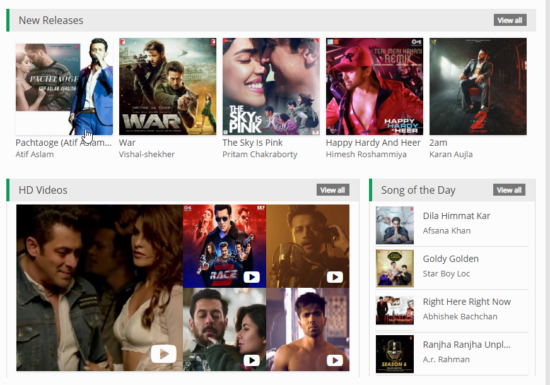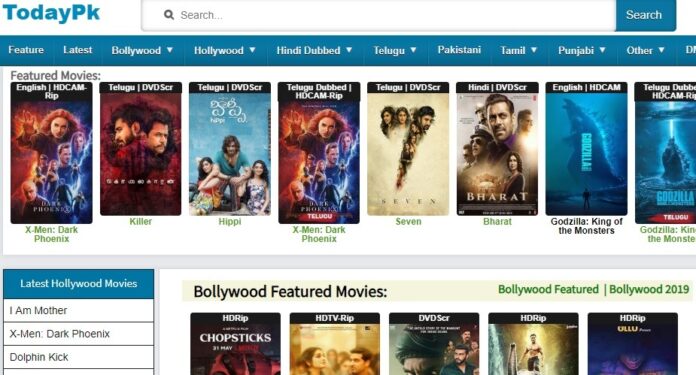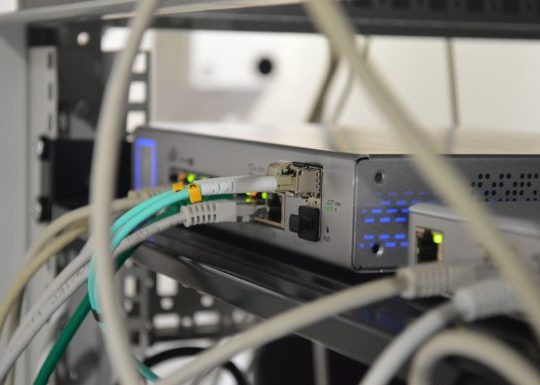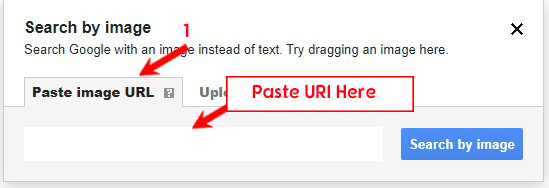HTML5 videos are an essential part of the modern web experience, yet users sometimes encounter issues where videos won’t play in Google Chrome. This can be frustrating, especially when everything appears to be in order. Fortunately, most of these problems can be resolved with simple fixes. Below, we explore the most effective solutions that can get your HTML5 videos running smoothly again.
Common Causes of HTML5 Videos Not Playing in Chrome
All Heading
Before diving into the fixes, it’s important to understand the possible reasons why HTML5 videos may not be playing:
- Browser Cache and Cookies – Corrupt or outdated cache and cookies can prevent videos from loading properly.
- Disabled JavaScript – Many websites rely on JavaScript to load videos.
- Outdated Chrome Version – Running an outdated browser may cause incompatibilities.
- Hardware Acceleration Issues – Sometimes, GPU-based rendering can interfere with video playback.
- Conflicting Extensions – Browser extensions can block or disable essential website functions.
Step-by-Step Solutions to Fix the Issue
1. Clear Cache and Cookies
Over time, Chrome stores data that may interfere with video playback. Clearing cache and cookies often resolves many browser-related problems.
- Open Chrome and click on the three-dot menu in the top-right corner.
- Go to Settings > Privacy and security > Clear browsing data.
- Select Cookies and other site data and Cached images and files, then click Clear data.
- Restart Chrome and try playing the video again.

2. Enable JavaScript
Some sites require JavaScript to play HTML5 videos. Ensure that JavaScript is enabled by following these steps:
- Open Chrome and type
chrome://settings/content/javascriptin the address bar. - Ensure that “Sites can use JavaScript” is enabled.
- Reload the webpage and check if the video plays.
3. Update Google Chrome
Running an outdated version of Chrome can cause various compatibility issues, including problems with HTML5 video playback.
- Click on the three-dot menu and go to Help > About Google Chrome.
- Chrome will automatically check for and install updates.
- Restart the browser after the update and try again.
4. Disable Hardware Acceleration
In some cases, Chrome’s hardware acceleration feature can cause problems with video playback. Disabling it may help.
- Go to Settings > Advanced > System.
- Toggle off Use hardware acceleration when available.
- Restart Chrome and check if the issue is resolved.

5. Disable Browser Extensions
Sometimes, extensions can interfere with media playback. Try disabling extensions one by one to identify the culprit.
- Type
chrome://extensions/in the address bar. - Toggle off extensions and refresh the video page.
- If the video starts playing, enable extensions one by one to find the problematic one.
6. Reset Chrome Settings
If none of the above methods work, resetting Chrome to its default settings might fix the issue.
- Go to Settings > Advanced > Reset and clean up.
- Click on Restore settings to their original defaults.
- Confirm and restart Chrome.
7. Check for Conflicting Software
Some third-party applications, such as security software or outdated media players, may cause conflicts with Chrome’s video playback.
- Go to
chrome://conflicts/and check if any software conflicts appear. - Temporarily disable security software and test video playback.
- Update or uninstall conflicting applications.
Final Thoughts
HTML5 video playback issues in Chrome can usually be resolved with one of the above solutions. Start by clearing cache and cookies, then move on to checking JavaScript settings, updating the browser, and disabling hardware acceleration. If necessary, disable extensions and reset Chrome.
If the problem persists, ensure that no third-party software is causing issues. With a little troubleshooting, you’ll be able to restore smooth video playback on Chrome effortlessly.













Recent Comments